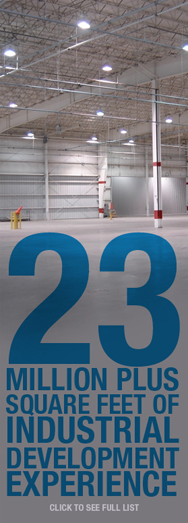LEED is not a FAD anymore
LEED stands for Leadership in Energy and Environmental Design (LEED). This Green Building Rating System was created to improve the environmental and economic performance of new and existing commercial, industrial, and high-rise residential buildings. LEED is a non-profit, non-governmental system promoting environmentally responsible, economically profitable, and healthy places to live and work. The LEED movement is quickly becoming a necessity as water and electrical costs continue to increase. Please review the below figures.
The below figures document the average usage reduction by completing LEED certification on a commercial property. These figures were provided by the United States Green Building Council (USGBC):
· 14% of potable water use
· 38% of carbon dioxide emissions
· 30% of waste output
· 72% of electricity consumption
· 39% of total energy consumption
· 40% of raw materials use
According to the United States Green Building Council, LEED certification results in:
· 8-9% decrease in operating costs
· 7.5% increase in building values
· 6.6% improvement in ROI
· 3.5% increase in occupancy
· 3% increase in rent
The current LEED movement will be more evident when the United States and the Environmental Protection Agency (EPA) begins rating all buildings on efficiency in the next 3-5 years. Recently, Europe started to rate their commercial buildings on efficiency. From an investment perspective, 12% of investors invest only in socially and environmentally responsible companies. Additionally, oil, bank, government, and non-profit companies occupy more LEED space than non-LEED space.
We believe LEED buildings will continue to increase in demand as more tenants are being required to occupy LEED buildings. According to the Globe, October 2010, Green buildings use to just be ‘want to have’ properties, they are now becoming ‘need to have.”
The O’Donnell Group is committed to retrofitting our existing buildings to LEED certified. We will continue remain on the forefront of technology and the environment.


